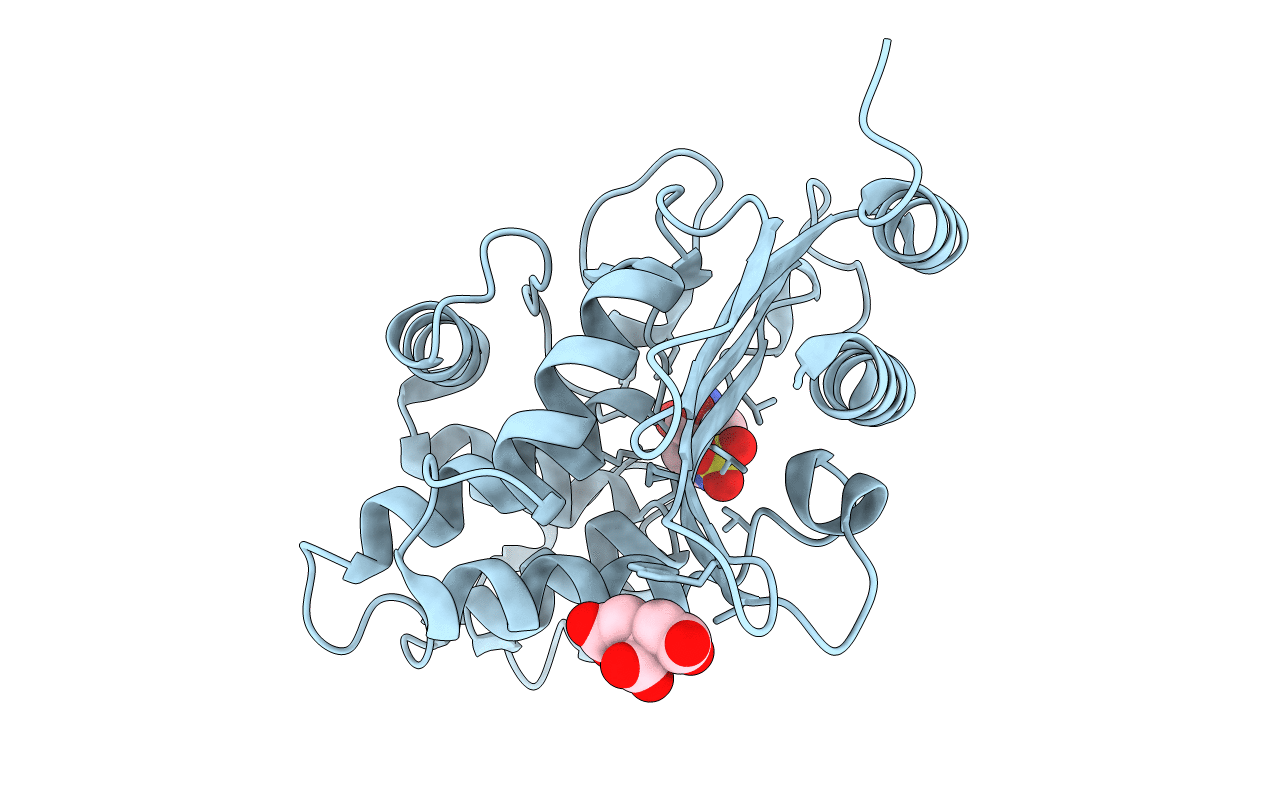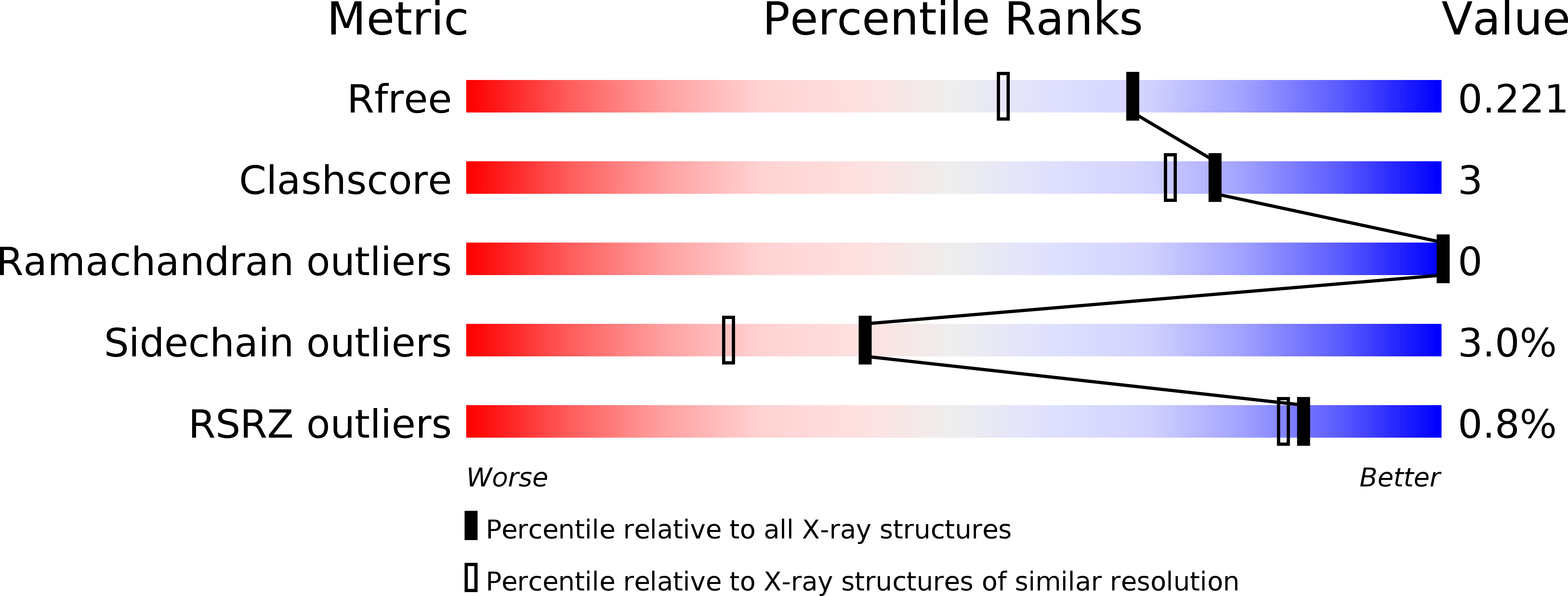
Deposition Date
2015-04-14
Release Date
2016-01-27
Last Version Date
2024-10-23
Entry Detail
PDB ID:
4ZBE
Keywords:
Title:
Crystal structure of KPC-2 beta-lactamase complexed with avibactam
Biological Source:
Source Organism:
Klebsiella pneumoniae (Taxon ID: 573)
Host Organism:
Method Details:
Experimental Method:
Resolution:
1.80 Å
R-Value Free:
0.21
R-Value Work:
0.15
R-Value Observed:
0.15
Space Group:
P 21 21 21


